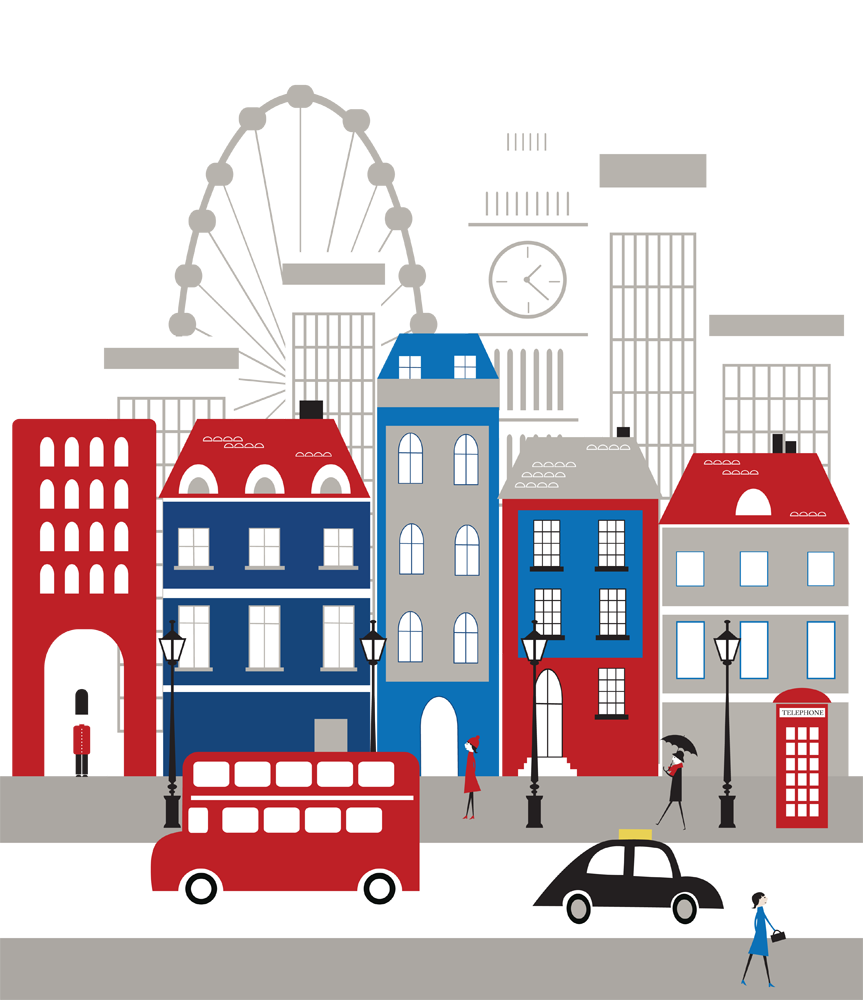Buy to Let
London property market takes a downturn

Online estate agent EMoov’s national survey revealed demand across the UK had fallen by 8%. London’s housing market suffered the steepest declines in interest in December compared to February when the survey was last carried out.
The Westminster property market took a severe hit with just 17% of properties in the borough currently listed having sold, which is a drop of 42% since February.
Westminster has the highest average property prices in the country at £1.7m and with the autumn Stamp Duty reform only benefiting those paying up to £932,000, the borough may continue to struggle.
Demand for homes in the boroughs which border the Olympic village have been struggling to peak property hunters’ interest. Demand in Hackney fell by 36% while Tower Hamlets and Newham dropped by 35% and 33% respectively. Demand for homes in Waltham Forest fell by 24% in December to 47%.
Bexley, in south east London, ranked number one in the table of areas with the most demand. Of the properties listed for sale in December, 71% had sold which was an increase of 5% since February. The average price of a home in Bexley is £386,000.
Elsewhere around the country Bristol ranked highly at number six but demand for property in the West Country city was still 3% lower than February. Brighton made the top 10 in December as 62% of properties listed had registered as sold.
Since Scotland’s referendum results revealed the country would remain in the UK its property market has become more stable. Demand for property in Scotland as a whole is up by 5% since February while Edinburgh came 49th out of Britain’s hot spots, the highest of the Scottish entries. Glasgow witnessed the most drastic turnaround, demand in Scotland’s second city rose by a total of 28% since February, the biggest change across the whole of Britain.
Demand for property in Hull rose 26% over the year closely followed by Doncaster and Bradford at 25%. Liverpool enjoyed an increase of 9% in demand while Leeds suffered a 5% drop since February. Meanwhile Newcastle dropped by 8% and demand in Manchester plummeted by 14%.
Russell Quirk, chief executive of EMoov, said: “People are starting to sacrifice the London lifestyle and opt for areas further out to commuter zones. But who can blame them with the advancements in transport making the commute to London a darn site easier, people can reach central London quicker than they can watch an episode of Grand Designs.
“This is evident with the ripple effect that’s spreading across the surrounding areas and even to the north with a staggering number of northern locations enjoying a rise in demand.”